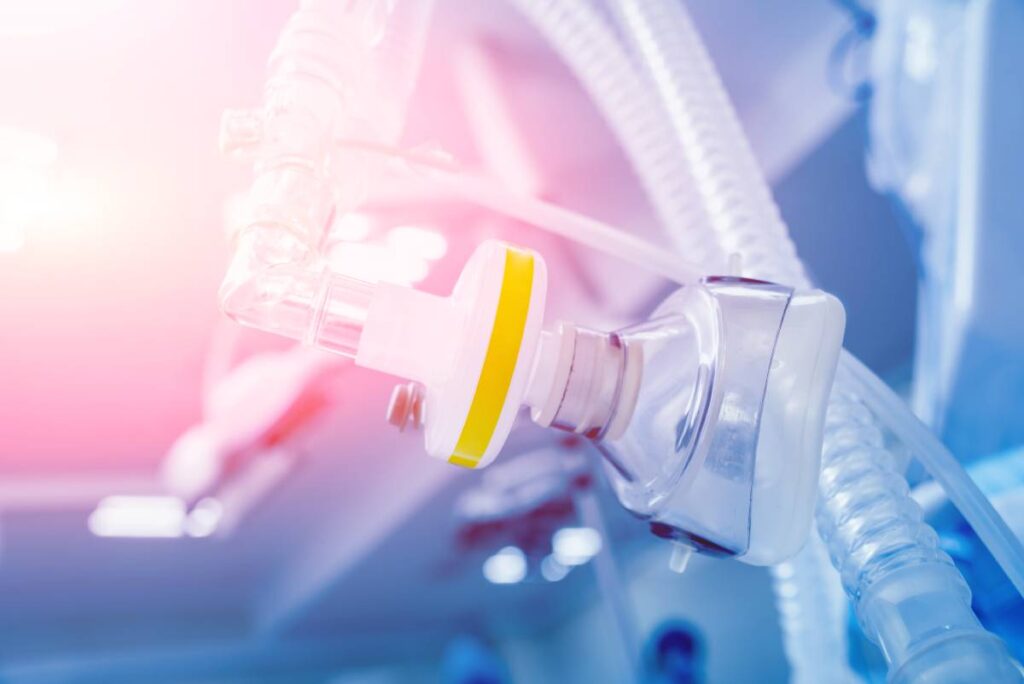Anesthesia is a crucial component of modern medicine, ensuring that patients undergoing surgical or medical procedures remain pain-free and comfortable. Two phases of anesthesia are induction and maintenance. Anesthesia induction and anesthesia maintenance differ in several key ways.
Anesthesia induction marks the initiation of the anesthesia process. It involves the administration of anesthetic agents to induce a state of unconsciousness and eliminate awareness of pain during a medical procedure. The key objectives of anesthesia induction are to quickly and smoothly transition to decreased consciousness, and to begin airway and breathing support. Rapid induction is often achieved through intravenous (IV) medications or inhaled gases. Smooth induction will then also minimize patient discomfort and safety. Before induction, an anesthesia provider may perform a procedure to secure the patient’s airway and/or support oxygenation. This can include placing a breathing tube (endotracheal tube) or using a mask to maintain oxygenation during the procedure.
Once anesthesia induction is complete, the focus shifts to anesthesia maintenance. During this phase, the primary goals are sustaining the necessary level of unconsciousness, controlling pain, and maintaining hemodynamic stability. Anesthesia maintenance aims to keep the patient in a deep state of unconsciousness throughout the surgery or procedure. This is crucial to ensure the patient does not experience pain or become aware of the surgical environment. In addition to unconsciousness, anesthesia maintenance involves continuous pain control. Anesthetic agents, such as inhalational gases and IV medications, are carefully adjusted to manage pain effectively. Maintaining hemodynamic stability is essential during anesthesia maintenance. This involves regulating the patient’s blood pressure, heart rate, and oxygen levels to ensure they remain within safe limits.
There are several characteristics of the two phases that distinguish anesthesia induction from maintenance. First, induction is the process that starts anesthesia, while maintenance continues throughout the surgical or medical procedure. In addition, different medications may be used during anesthesia induction vs. maintenance. For instance, induction typically involves rapid-acting agents for a quick transition to unconsciousness, while maintenance involves a combination of drugs to sustain anesthesia. Securing the patient’s airway, either through intubation or mask ventilation, is primarily addressed during induction to ensure a clear path for oxygenation. Maintenance focuses on continuous monitoring and adjustments to maintain airway integrity. Finally, while both phases involve close monitoring of vital signs, maintenance requires ongoing attention to ensure the patient’s physiological parameters remain stable throughout the procedure.
Achieving a balance between anesthesia induction and maintenance is crucial for patient safety and comfort during surgical or medical procedures. Proper induction ensures that patients are comfortable and free from pain as they transition into unconsciousness. Maintenance maintains this comfort and safety throughout the procedure. Both phases help create optimal surgical conditions and minimize patient awareness of the surgery. Furthermore, maintenance plays a critical role in ensuring the patient’s cardiovascular and respiratory systems remain stable, reducing the risk of complications during surgery.
Anesthesia induction and maintenance are distinct phases of the anesthesia process, each serving a crucial role in ensuring patient comfort and safety during surgical or medical procedures. Induction initiates unconsciousness, while maintenance sustains it, all while managing pain and maintaining physiological stability. These phases, when executed skillfully and effectively, allow patients to undergo procedures with confidence in their safety and comfort. The careful orchestration of induction and maintenance by anesthesia providers is essential in modern healthcare, contributing to successful surgical outcomes and patient well-being.
